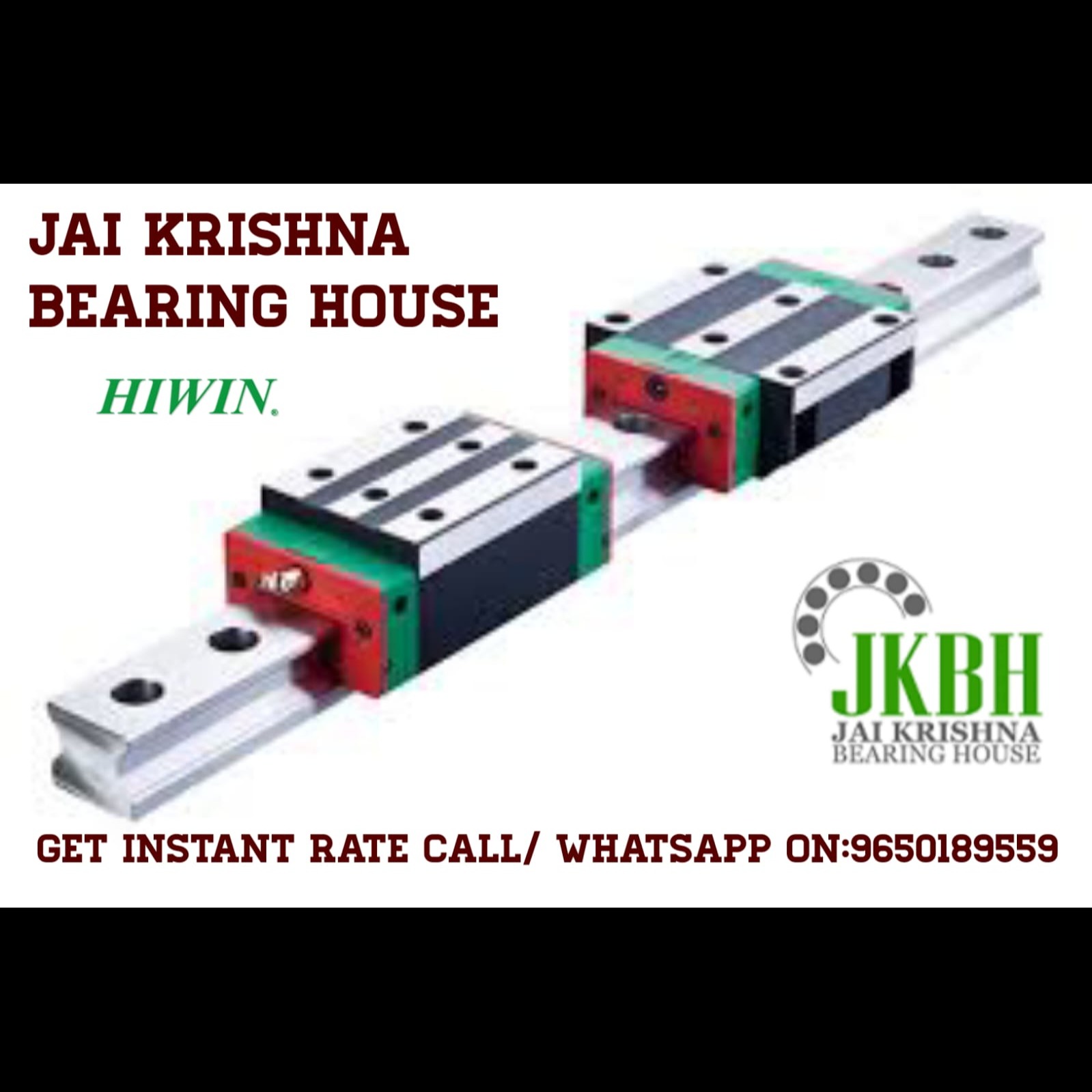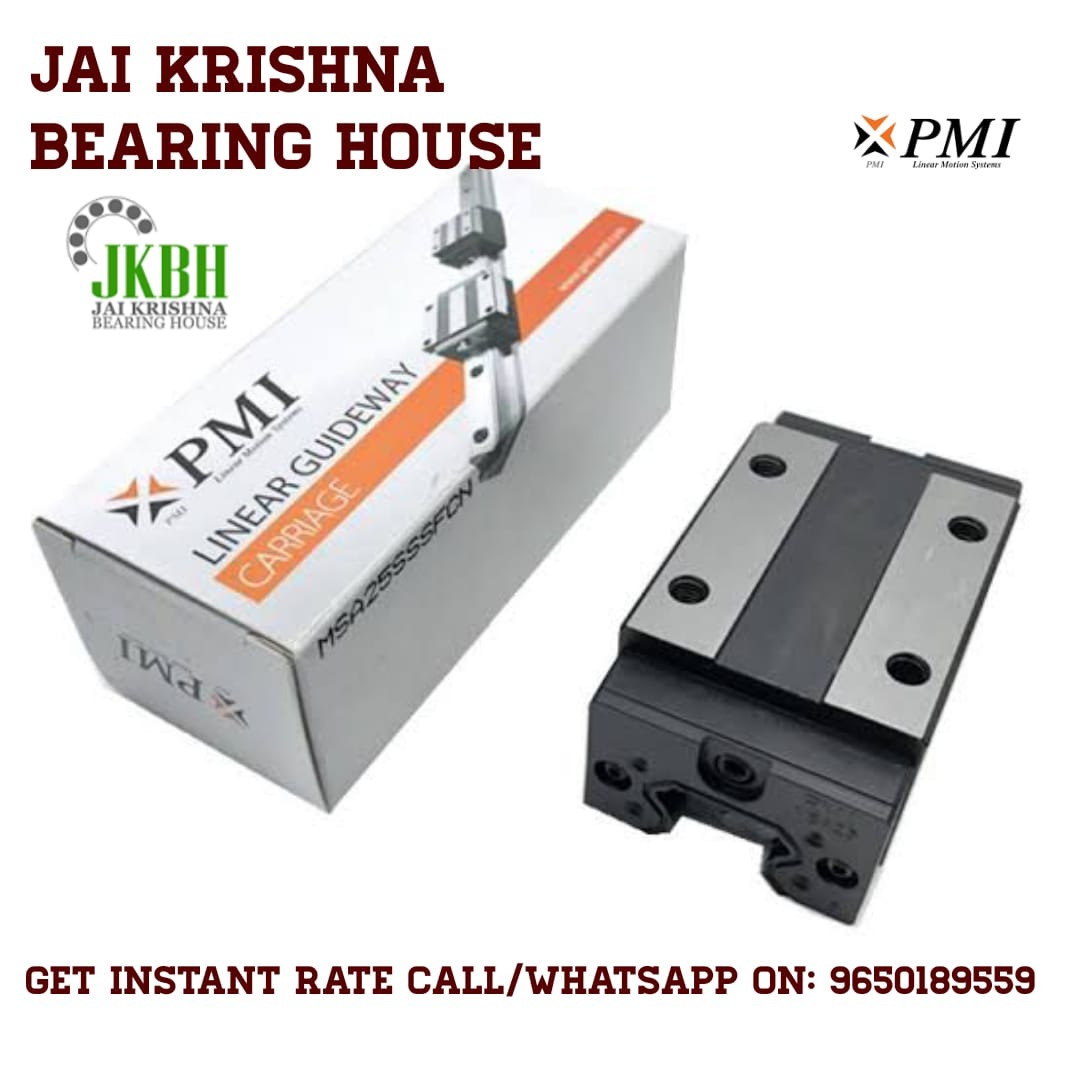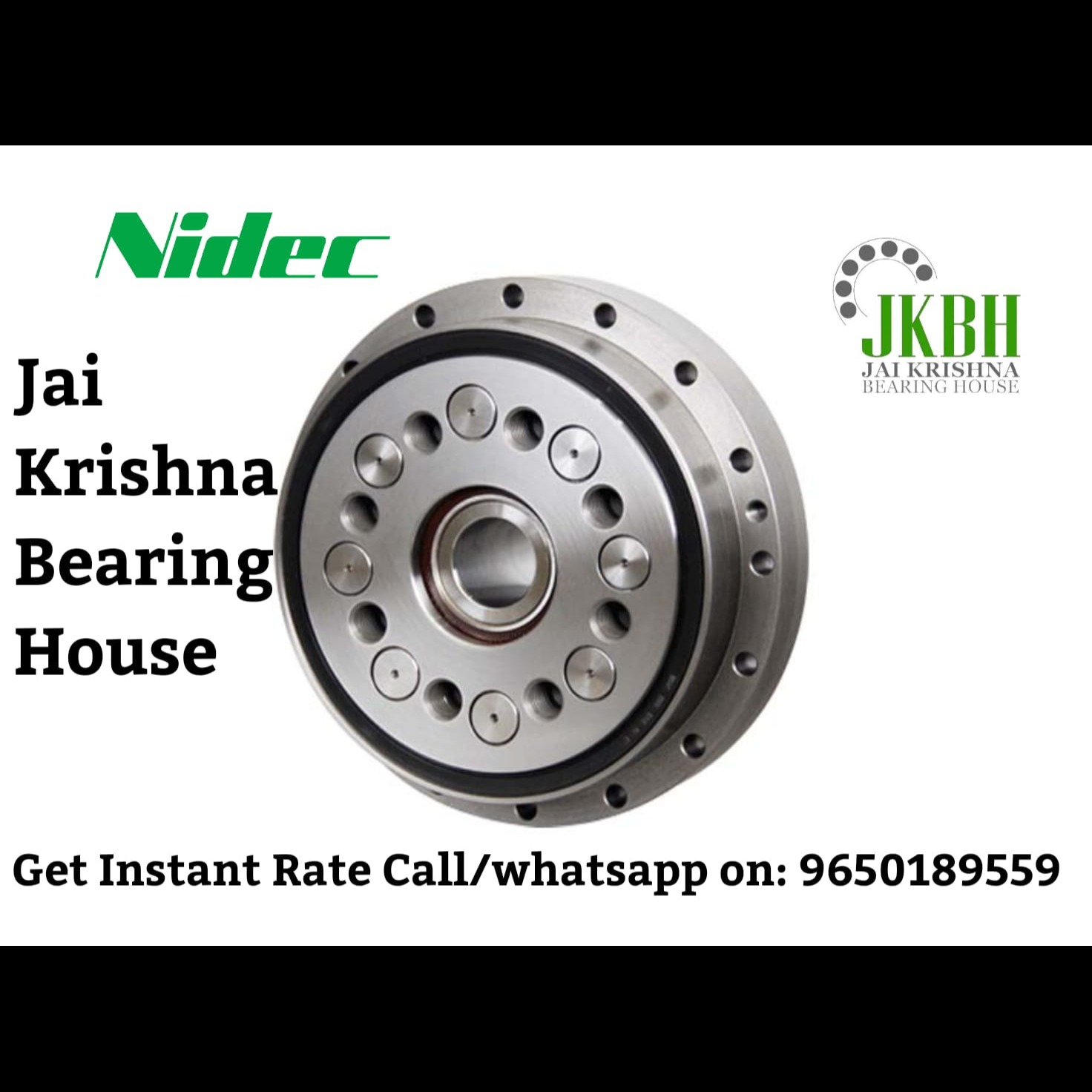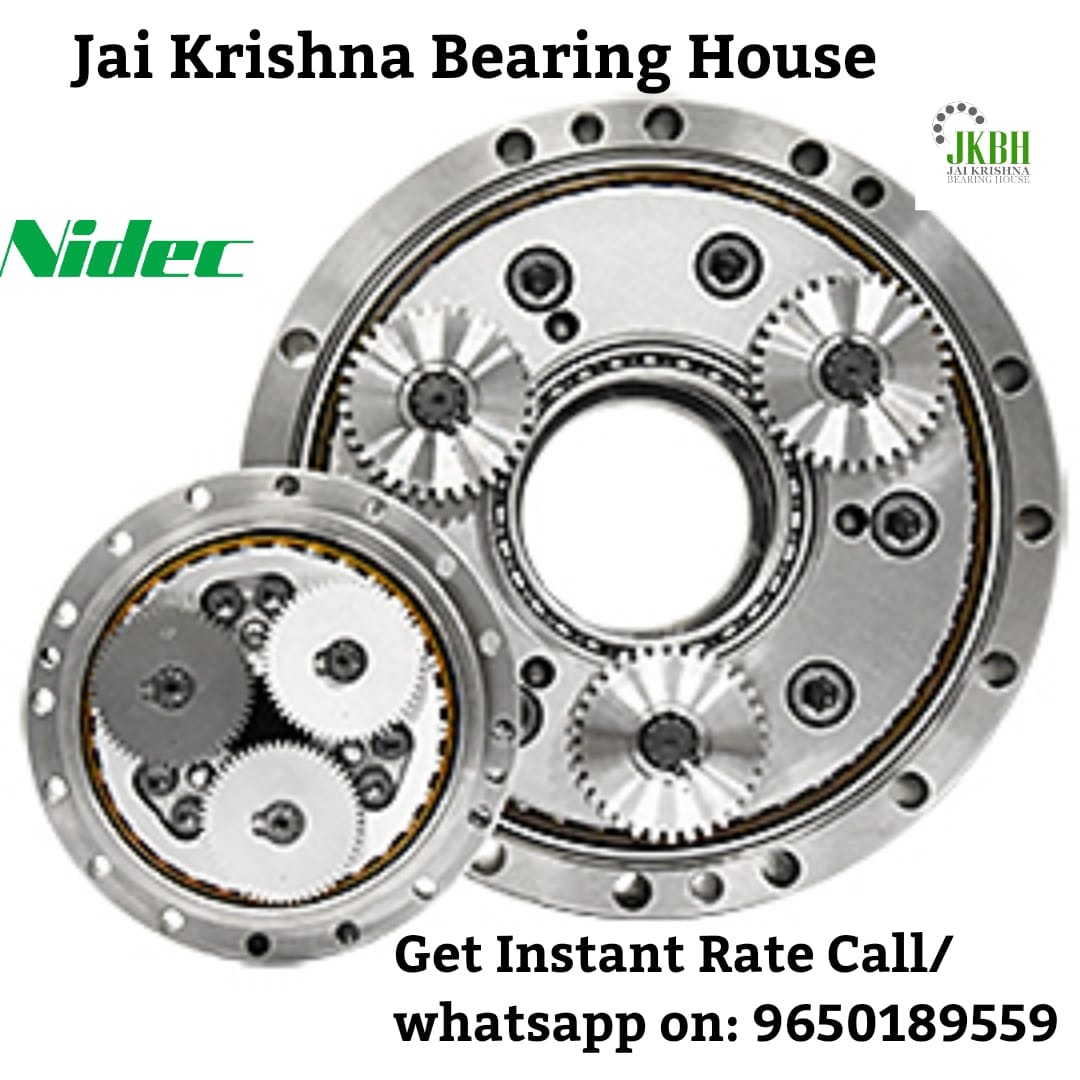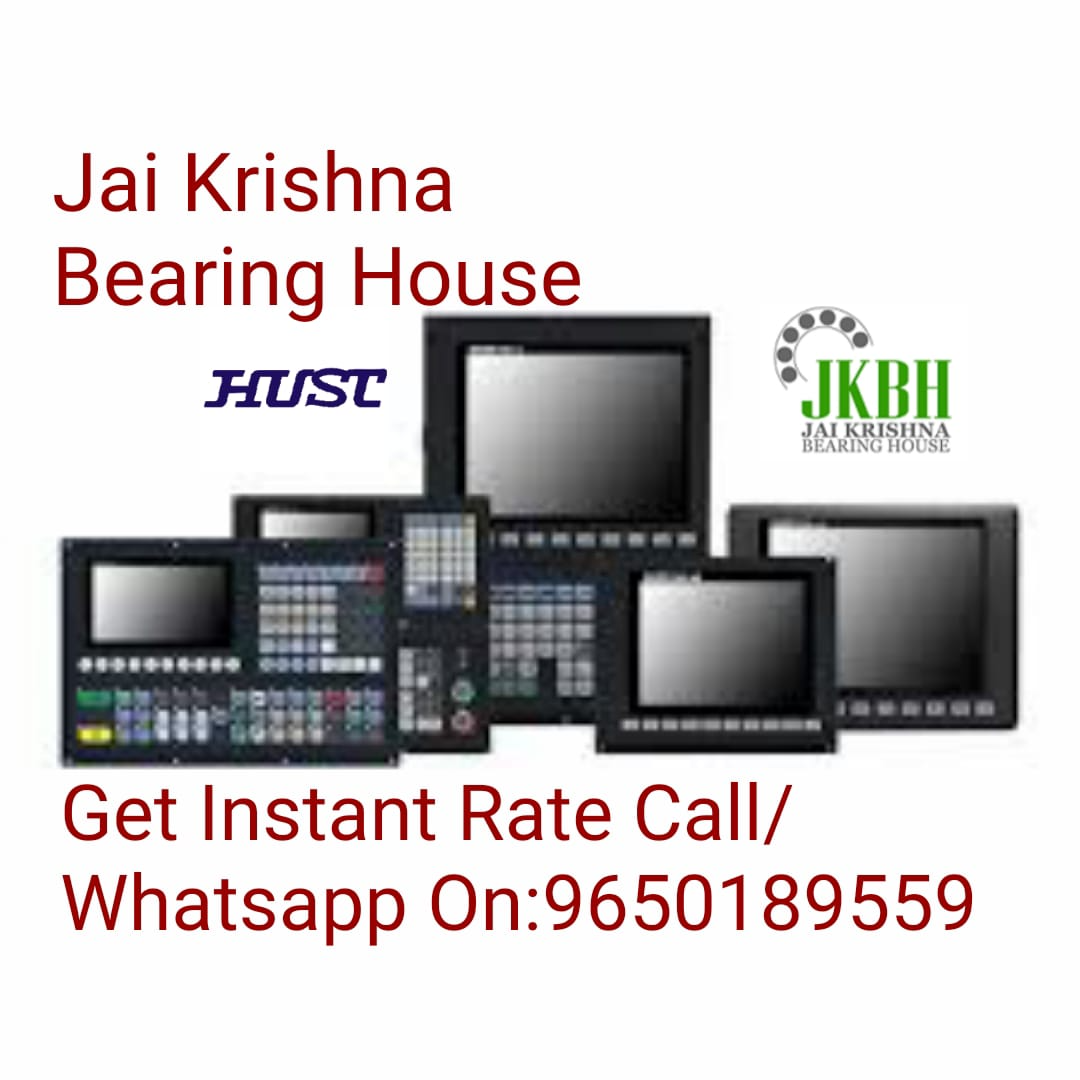
HUST CNC (Computer Numerical Control) controllers are used to control CNC machines, such as lathes, mills, routers, and other types of automated machinery in industries like manufacturing, metalworking, and machining. These controllers manage the movement of tools and machine functions based on pre-programmed commands. HUST, a company specializing in CNC technologies, designs and produces controllers that provide advanced control, precision, and versatility for industrial machinery.
Key Components of HUST CNC Controller:
Hardware:
Central Processing Unit (CPU): The heart of the controller, responsible for interpreting the G-code commands, performing calculations, and executing machine functions.
Input/Output Ports (I/O Ports): For connecting external devices like sensors, switches, and safety features. They allow communication between the controller and the machine's hardware.
Motor Drivers: These control the motors (e.g., stepper or servo motors) responsible for moving the machine’s axes.
User Interface (UI): Typically a screen (LCD, touchscreen, or a graphical user interface) that allows the operator to interact with the system, input commands, and monitor the machine's status.
Communication Ports: USB, Ethernet, or serial ports to transfer data to/from the controller.
Software:
Firmware: The low-level software that runs on the CPU, interpreting machine instructions and controlling hardware actions.
G-code Interpreter: The software component that processes the G-code (standard machine instructions) and translates it into machine movements.
Operating System (OS): In some advanced models, the CNC controller may run a dedicated embedded OS to manage multitasking and resources effectively.
Graphical User Interface (GUI): Modern HUST CNC controllers often come with a user-friendly interface, which can provide real-time data, toolpath visualizations, and machine diagnostics.
Control System:
Axis Control: HUST controllers manage multiple axes (usually X, Y, Z, A, B, and C) that control the movement of the machine’s cutting tool or workpiece.
Spindle Control: The controller regulates the spindle speed and direction for cutting or milling operations.
Feedrate Control: Controls the rate at which the tool moves relative to the material, which is critical for achieving the desired finish quality and accuracy.
Safety Features:
Emergency Stop (E-Stop): A safety feature that immediately halts machine operations in case of a malfunction or emergency.
Overload Protection: The controller can detect conditions where motors or other components are working beyond their limits and shut down to prevent damage.
Limit Switches: Physical switches that prevent machine parts from moving beyond their physical limits.
Features of HUST CNC Controllers:
Real-Time Control: The controller processes commands in real-time to ensure precise movements of the machine during operation.
Advanced Motion Control: HUST controllers are capable of handling advanced motion control algorithms, including linear and circular interpolation, threading, and helical motion, to ensure smooth and accurate tool paths.
Multi-axis Control: HUST controllers support 3, 4, or 5-axis control, which is essential for complex machining processes such as 3D milling, turning, and multi-axis milling.
Communication with External Devices: The controllers can be connected to a variety of devices, such as CAD/CAM systems, for seamless data transfer and process automation.
Customization Options: HUST controllers often provide customizable settings for different machining tasks, such as tool compensation, feedrate overrides, and spindle speed adjustment.
Integration with CAD/CAM Software: Many HUST CNC controllers can integrate with popular CAD/CAM software, allowing for more streamlined workflows from design to manufacturing.
Diagnostics & Monitoring: HUST controllers often come with diagnostic tools that help troubleshoot issues, monitor machine performance, and optimize settings for efficient operation.
Types of HUST CNC Controllers:
Entry-Level Controllers: These are basic models, typically used for small machines or simple operations, offering limited features but good reliability and ease of use.
Mid-Range Controllers: These controllers offer more advanced features such as support for multiple axes, improved feedrate control, and better communication capabilities.
High-End Controllers: Used in large-scale, complex machining operations. These controllers offer multi-axis control, advanced motion algorithms, and integration with industrial automation systems.
Applications of HUST CNC Controllers:
Precision Machining: HUST CNC controllers are commonly used in applications requiring high precision, such as aerospace, automotive, and medical device manufacturing.
Tooling and Molding: Used in industries where tooling and molding processes are crucial, such as injection molding or die casting.
Metalworking and Fabrication: HUST CNC controllers mana
